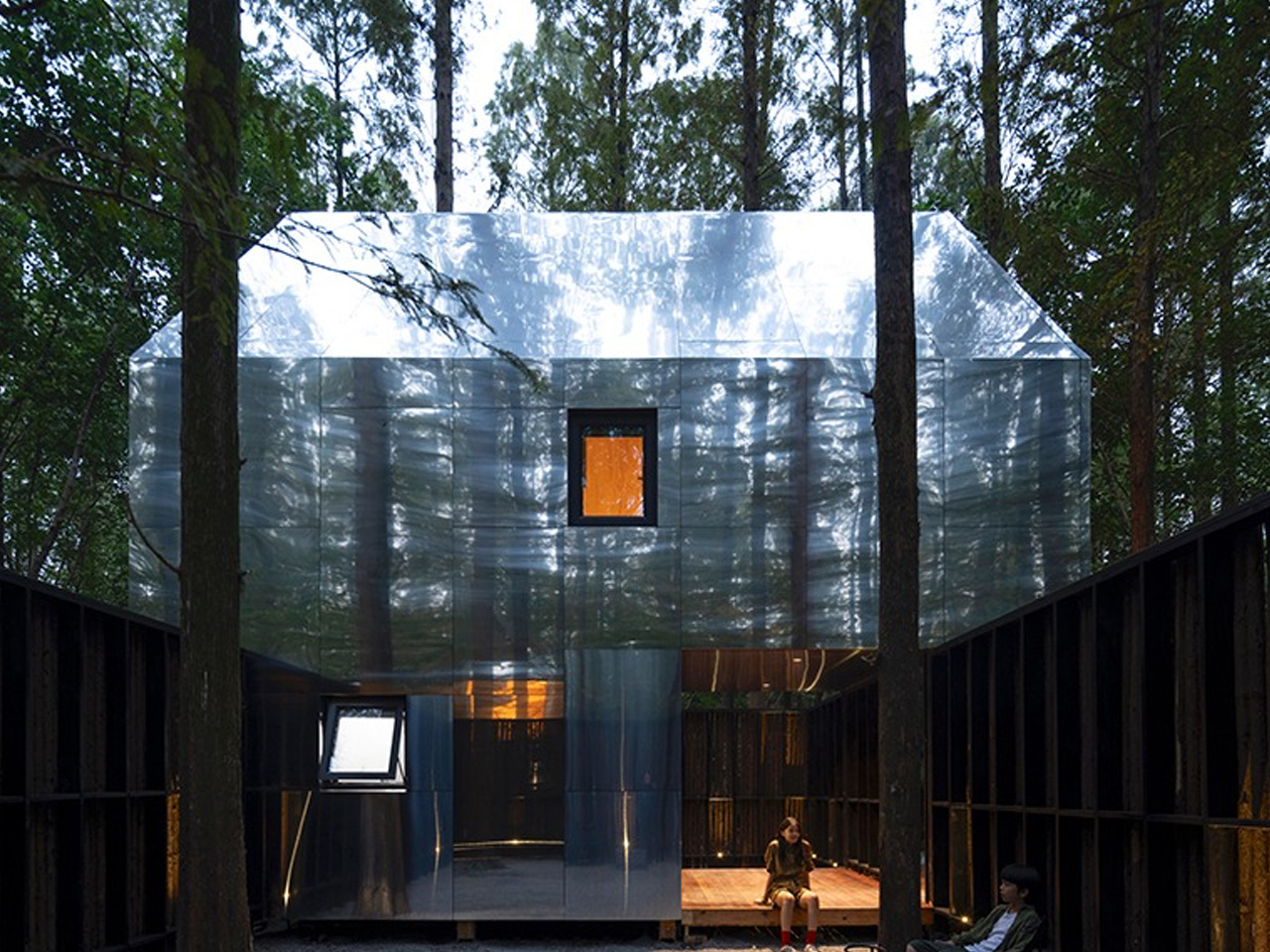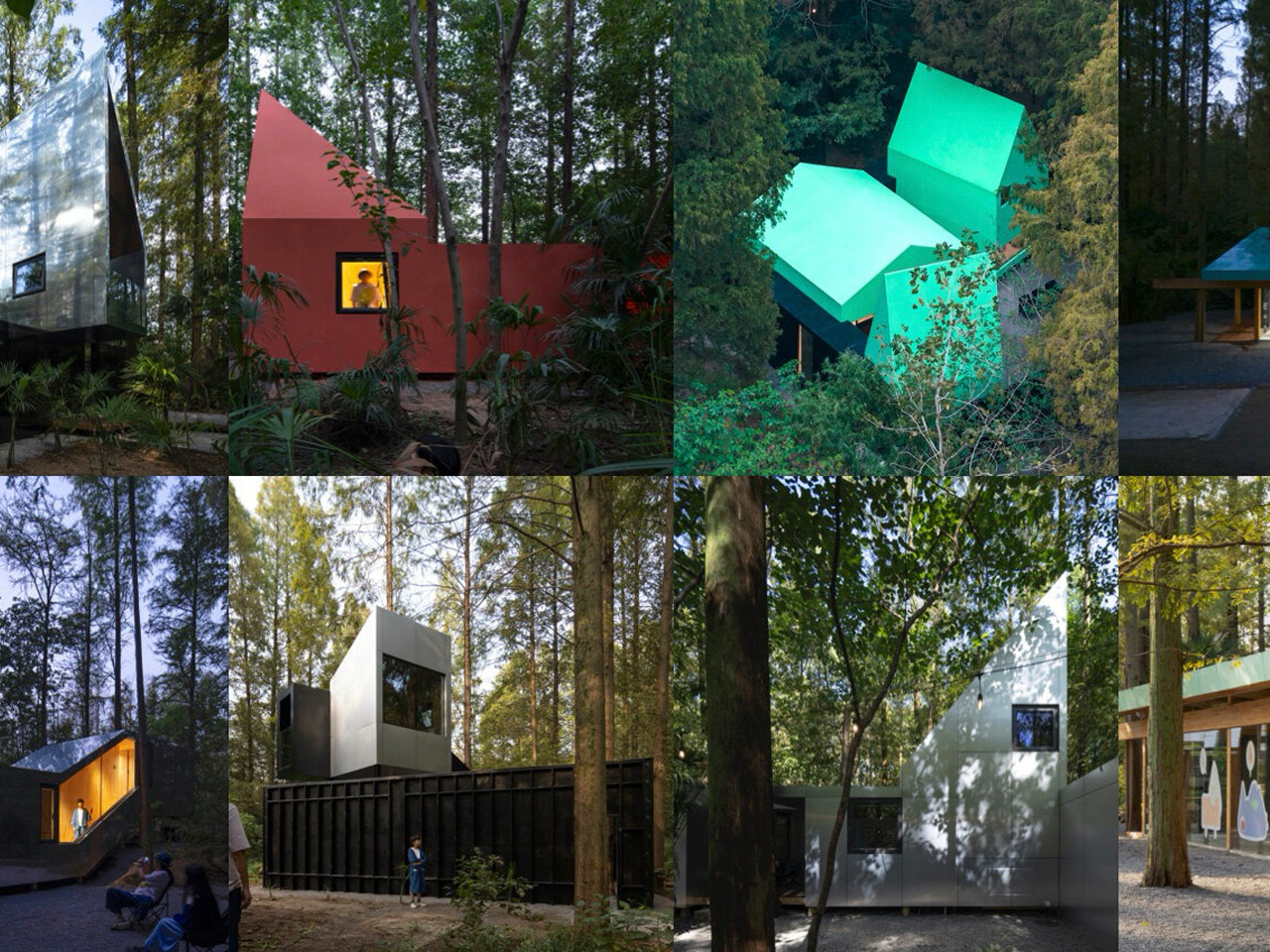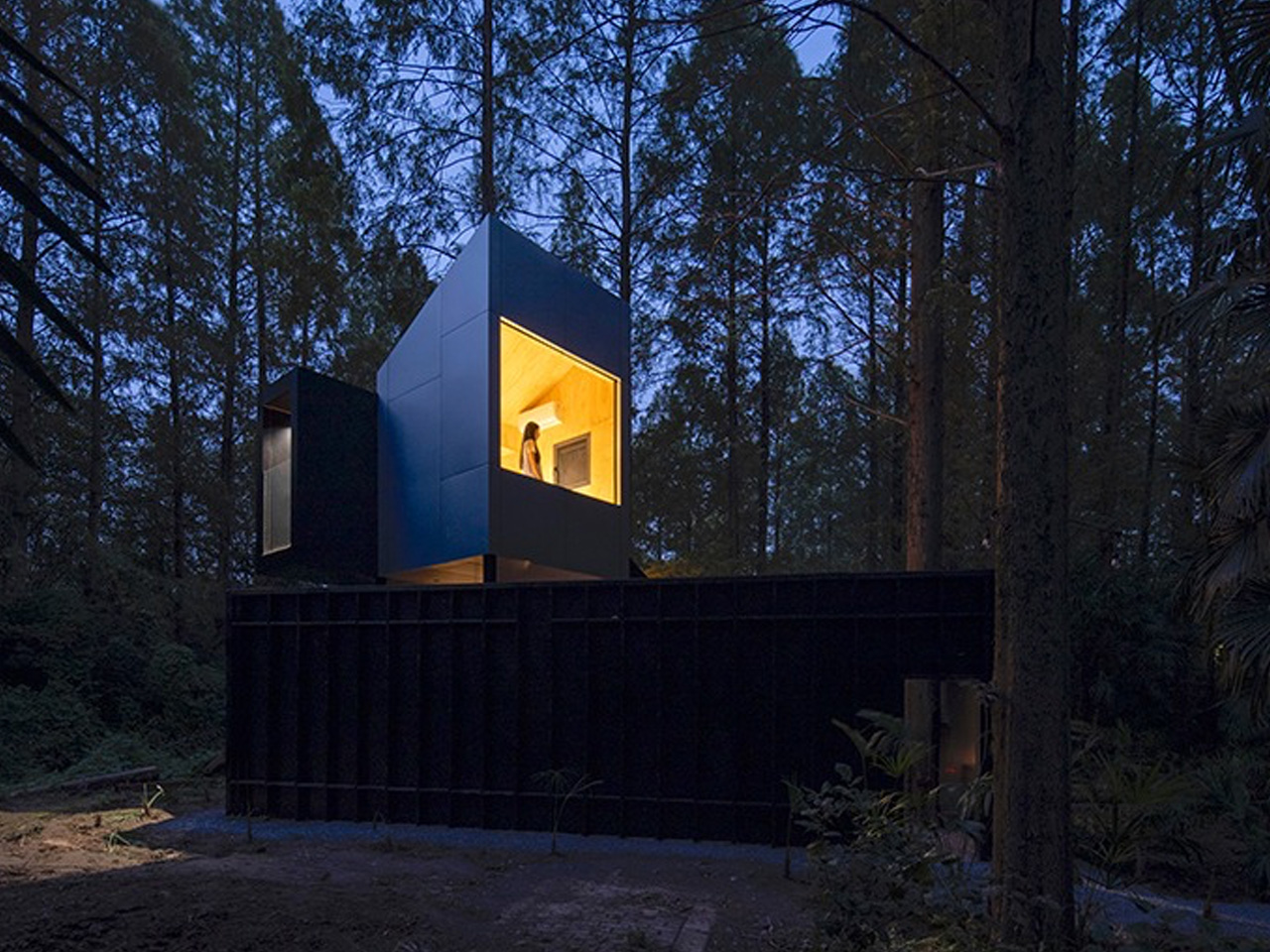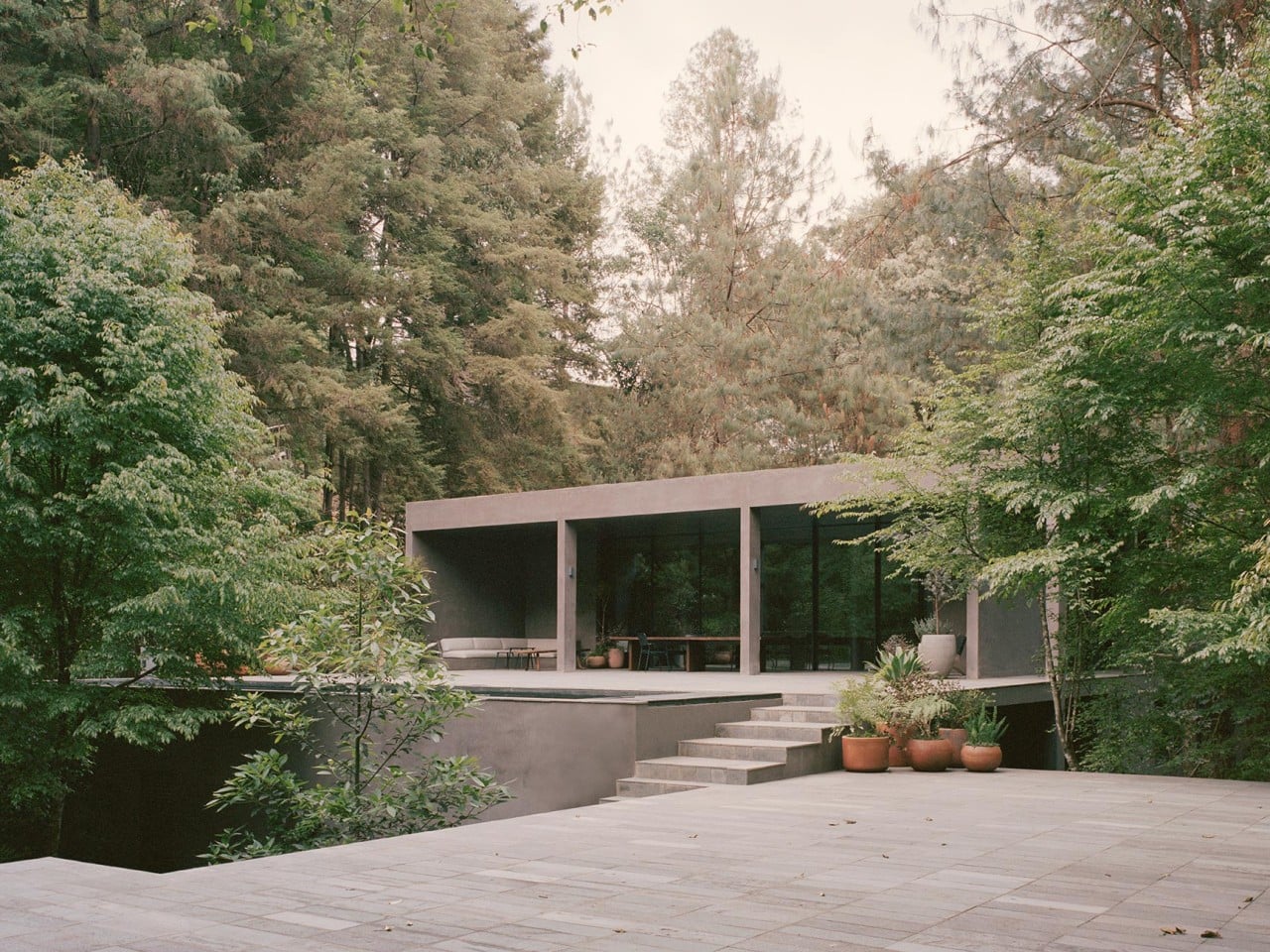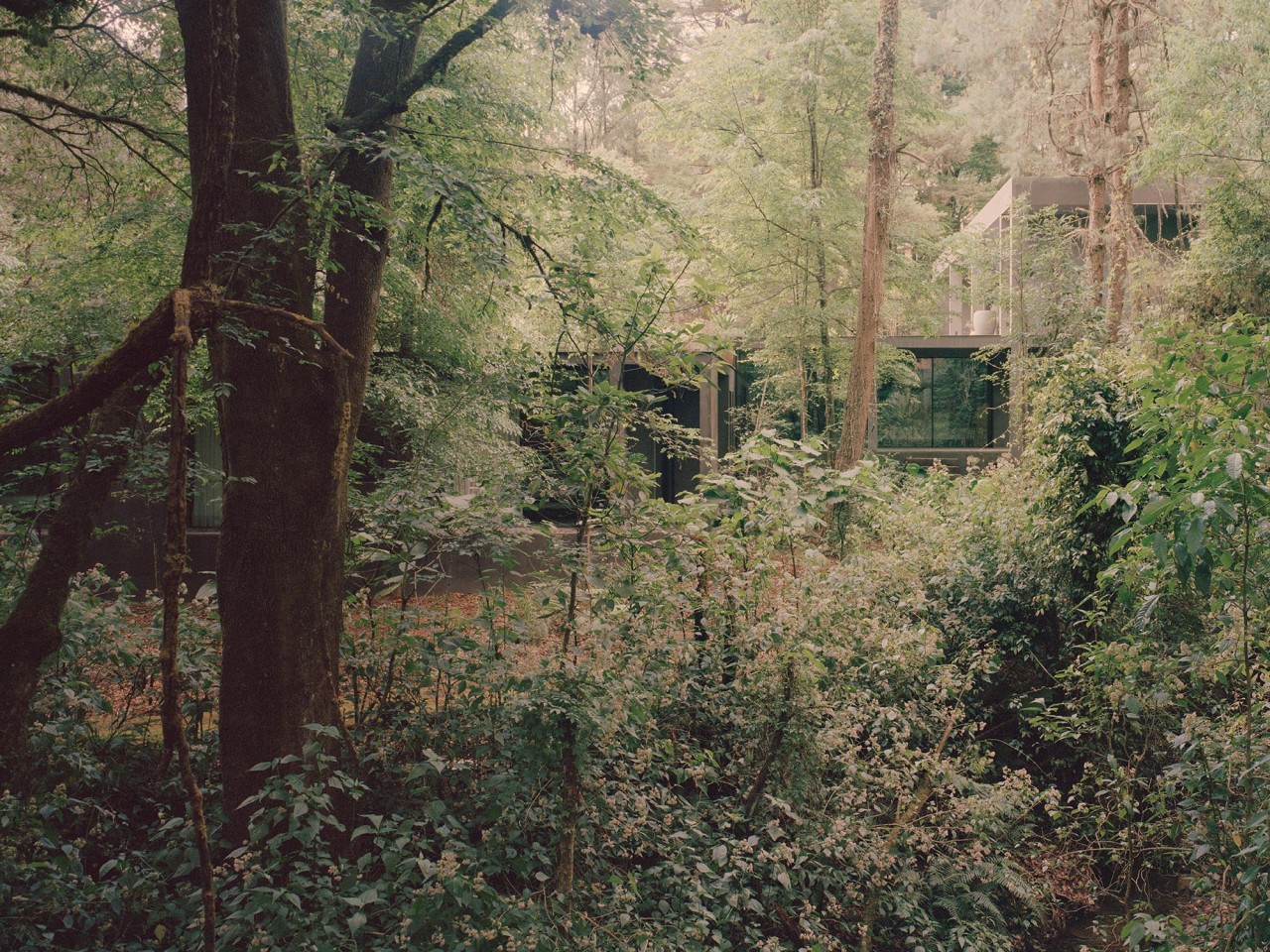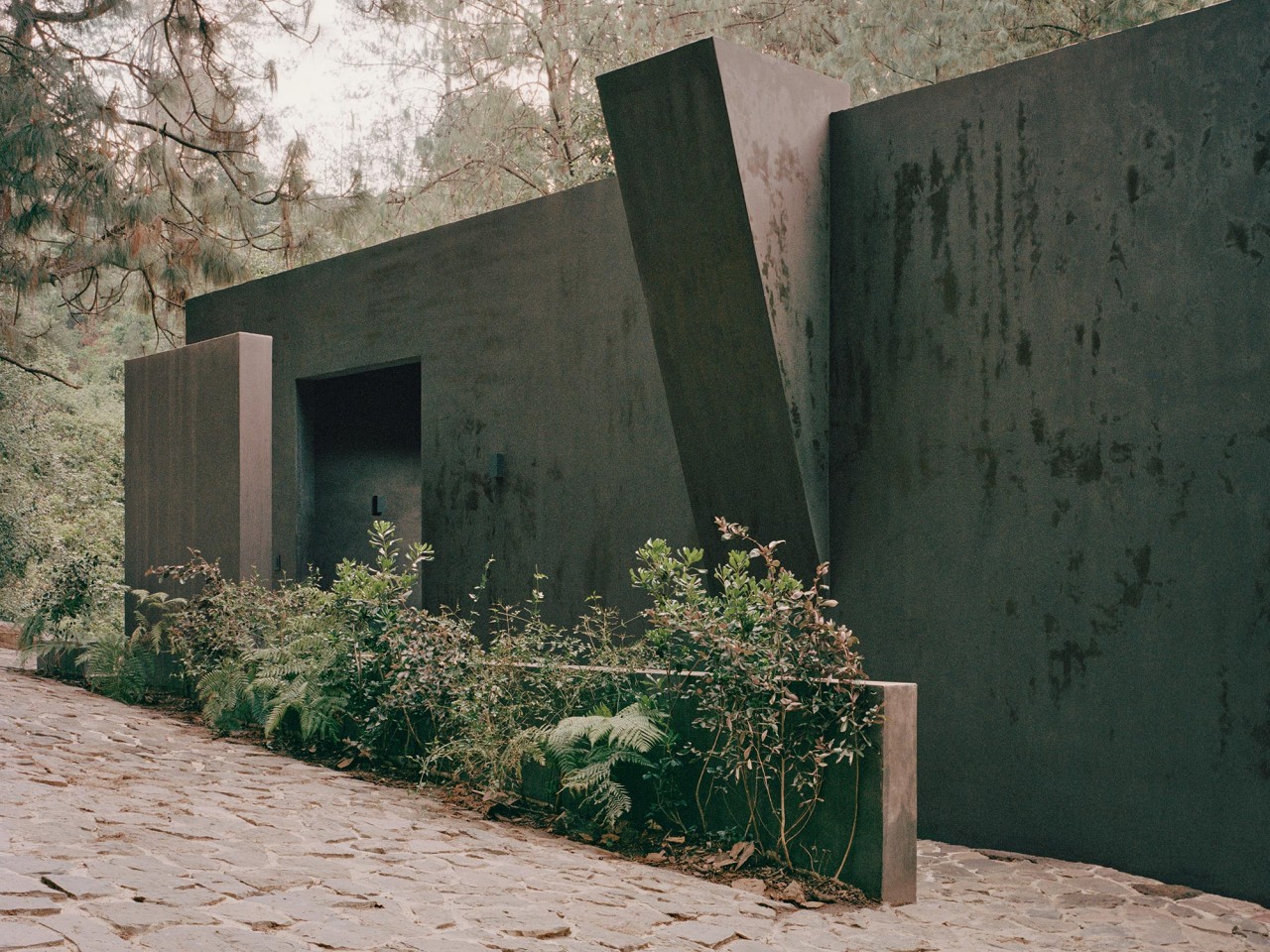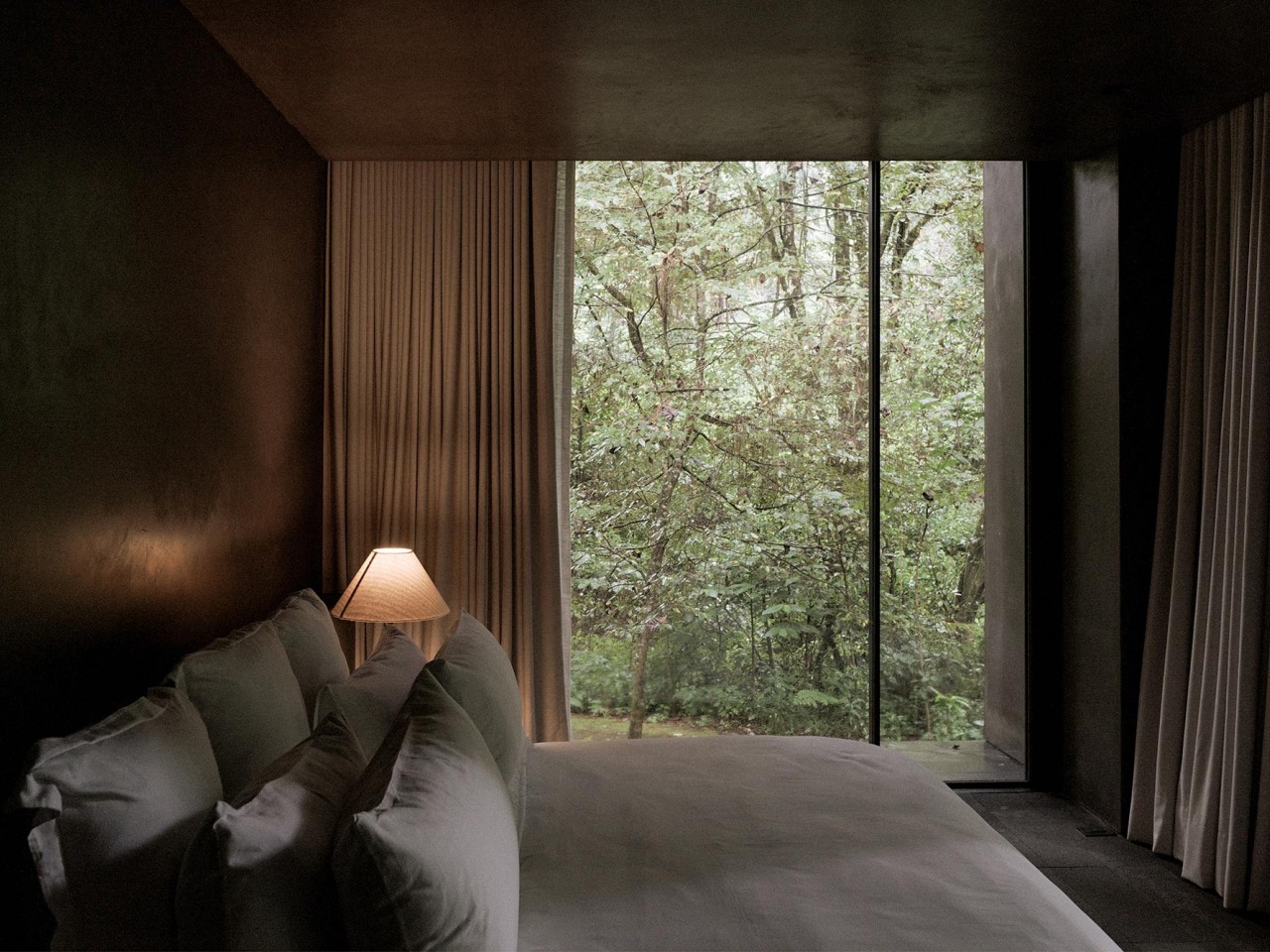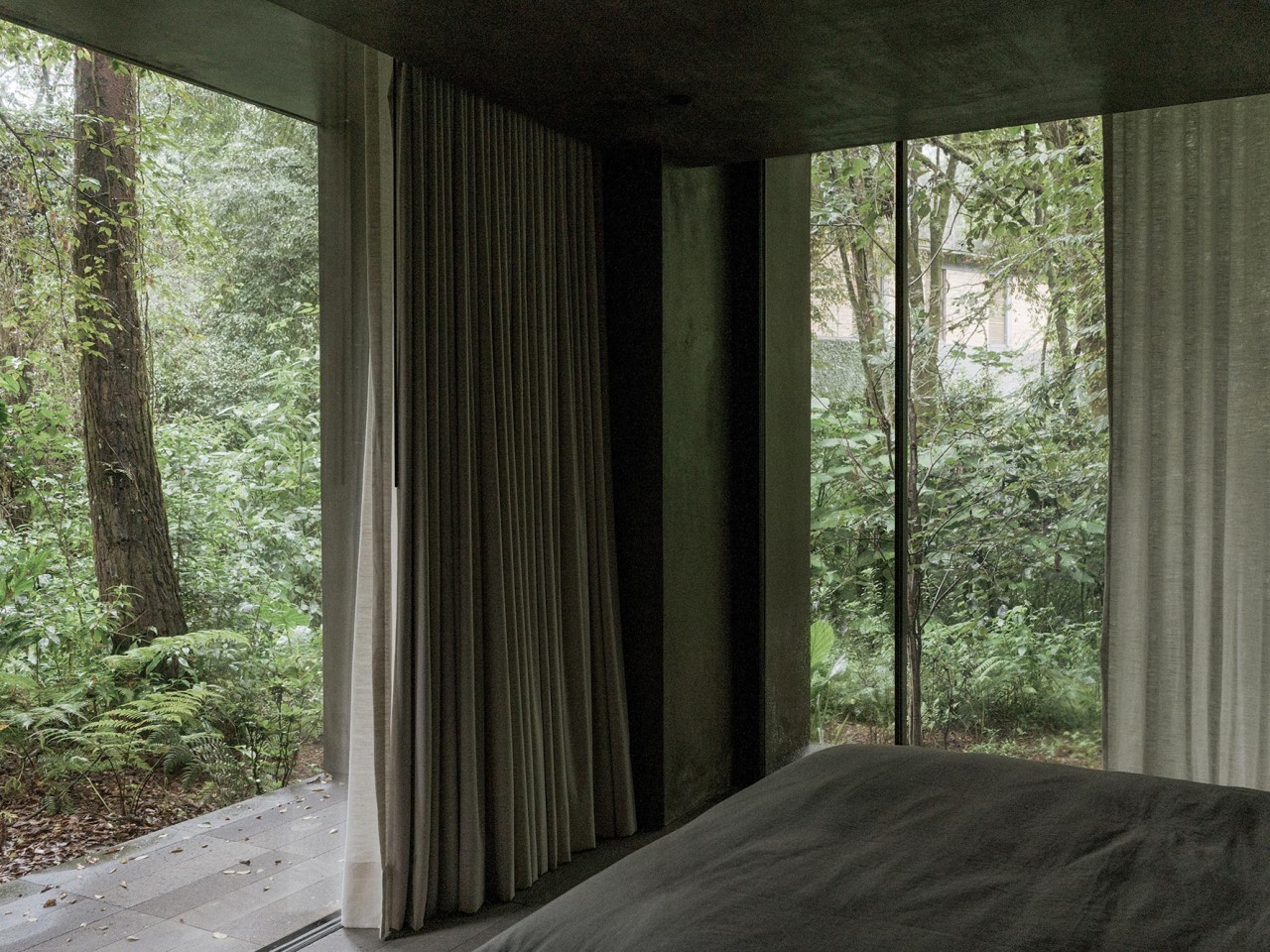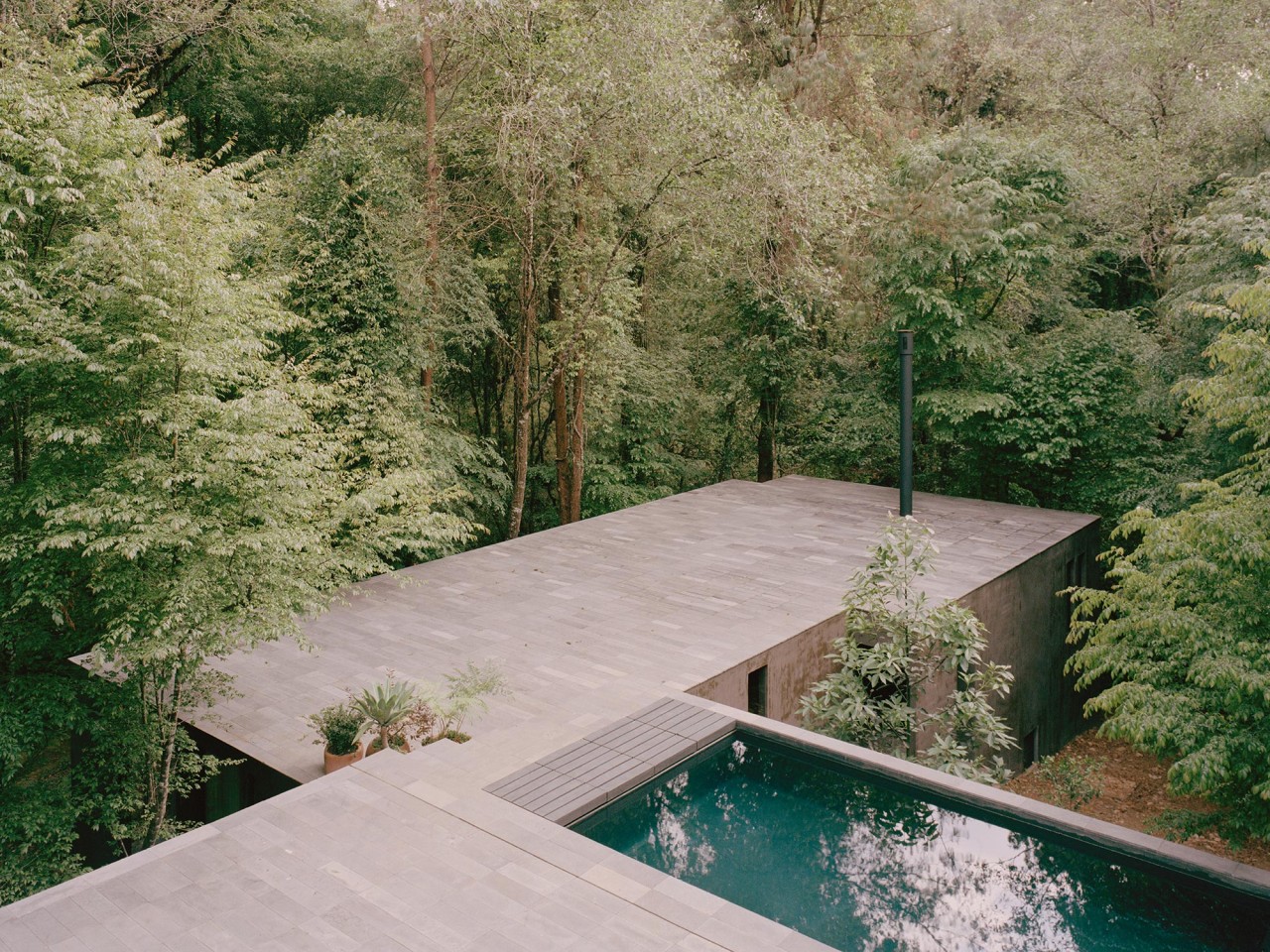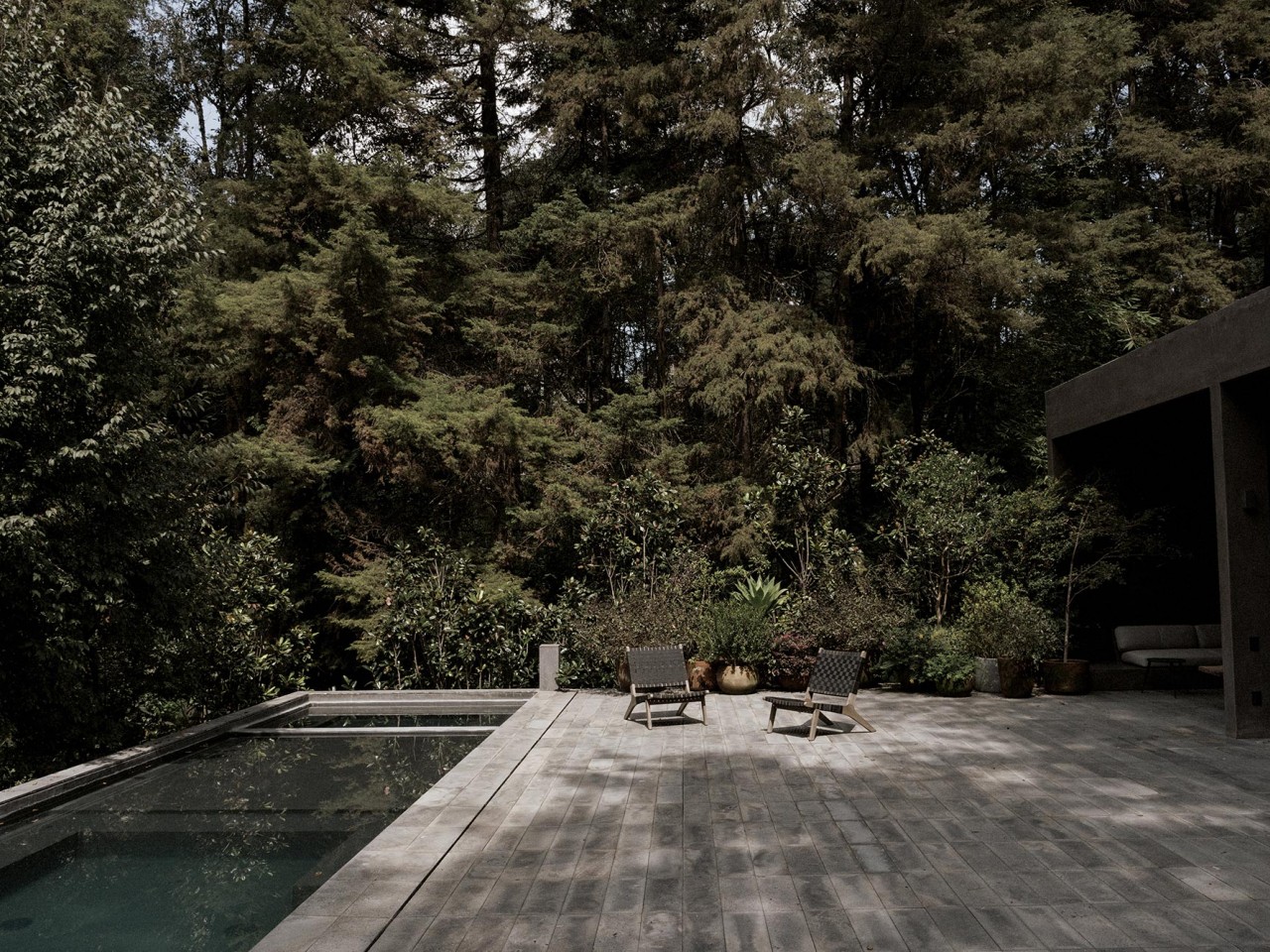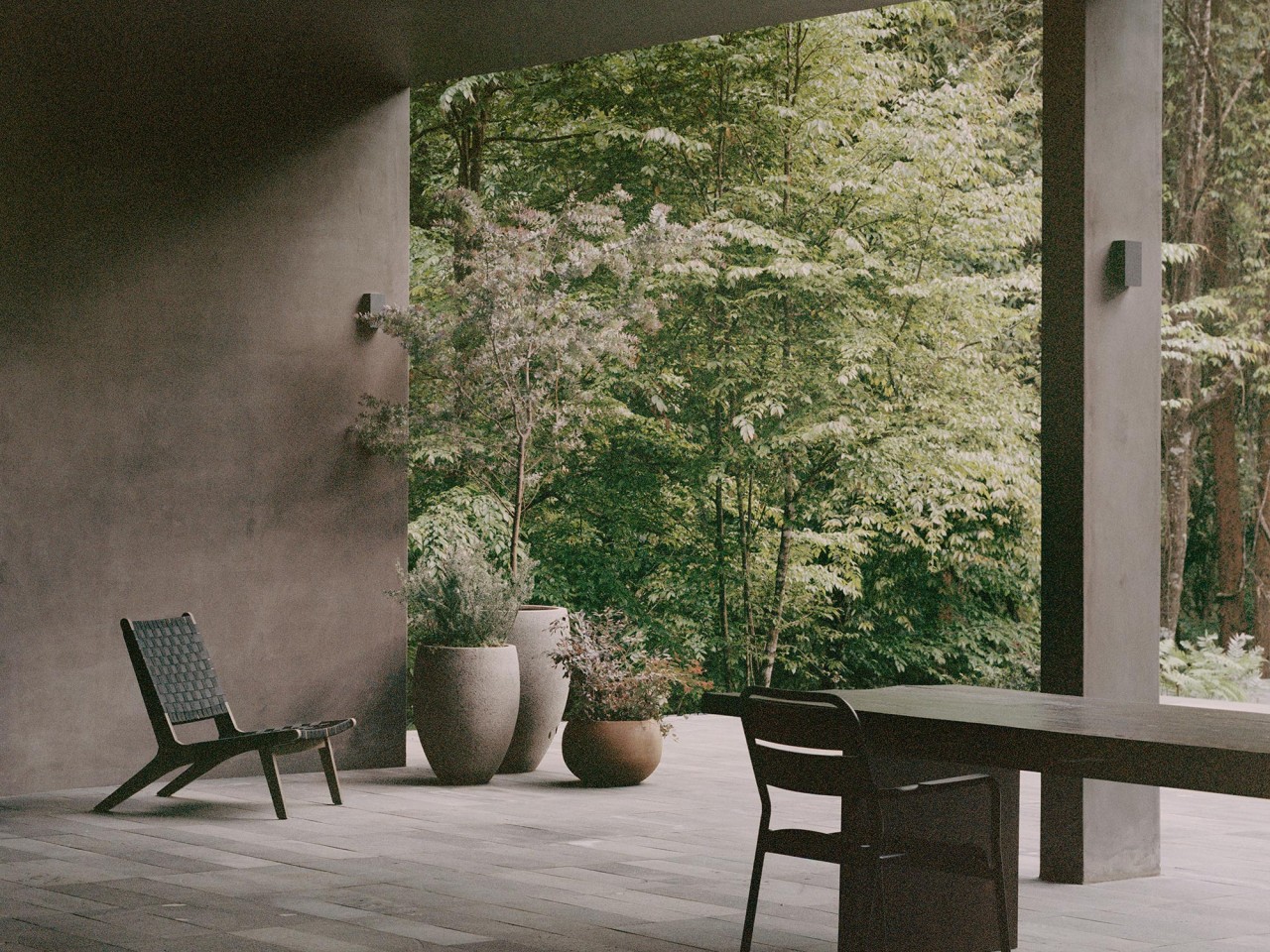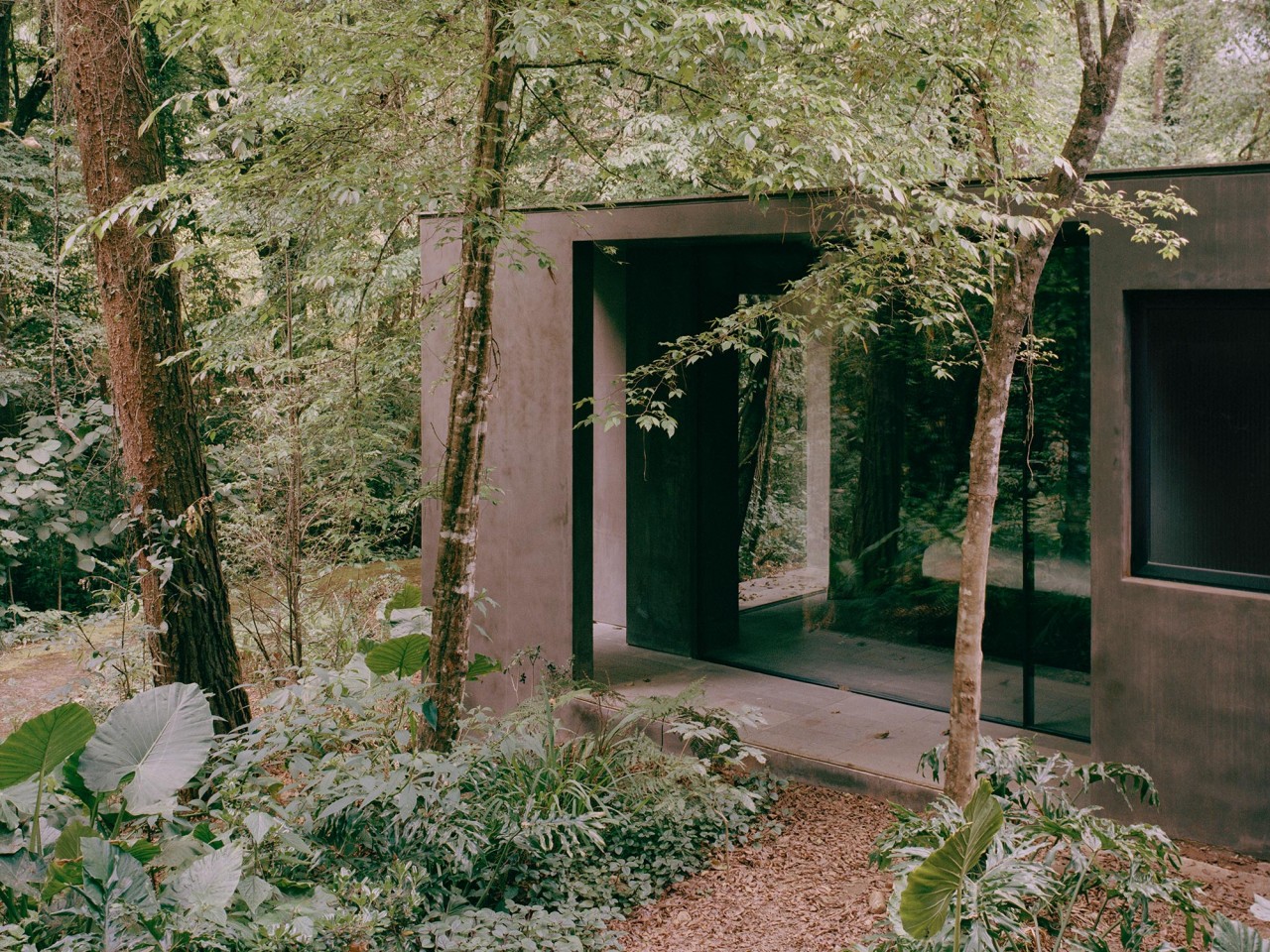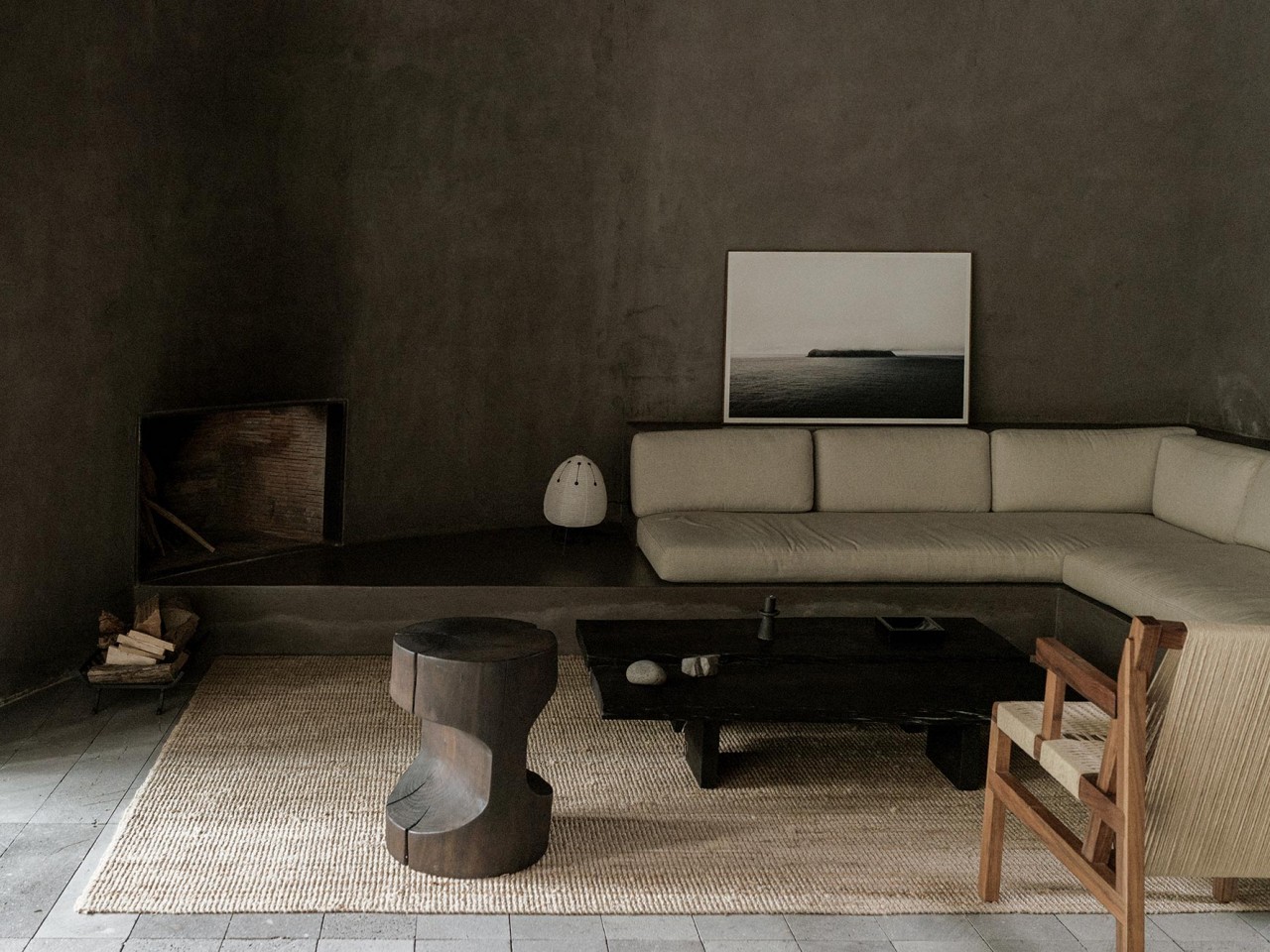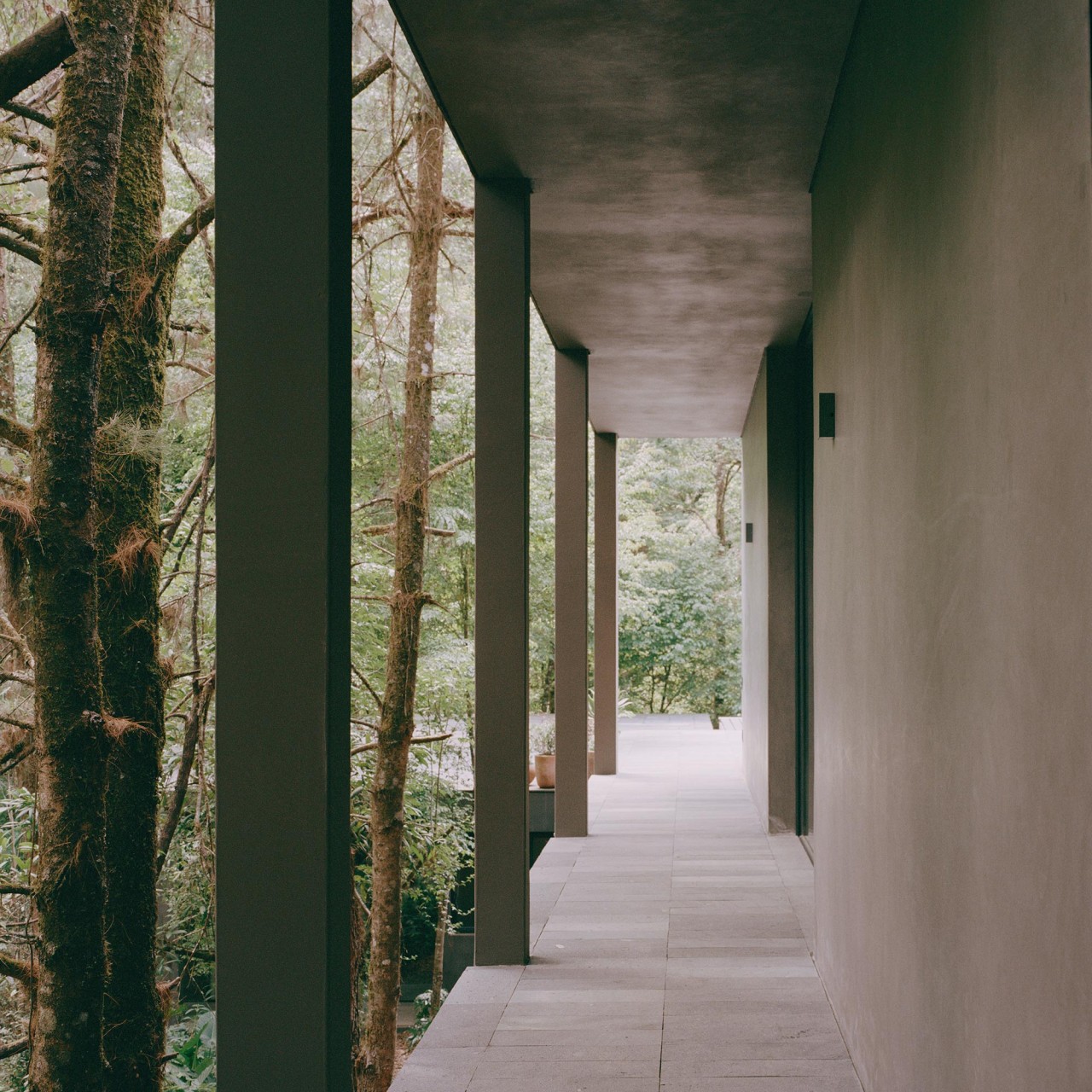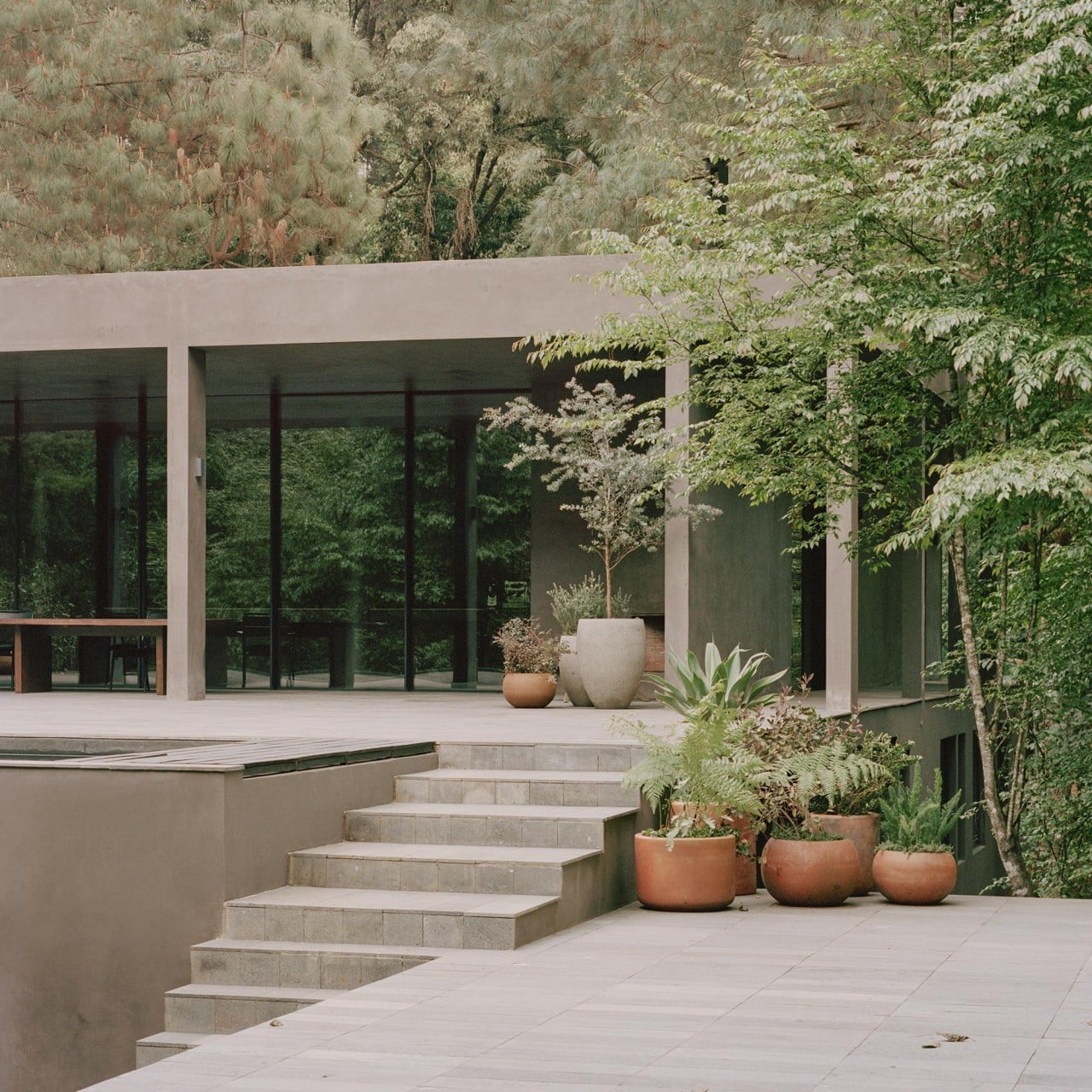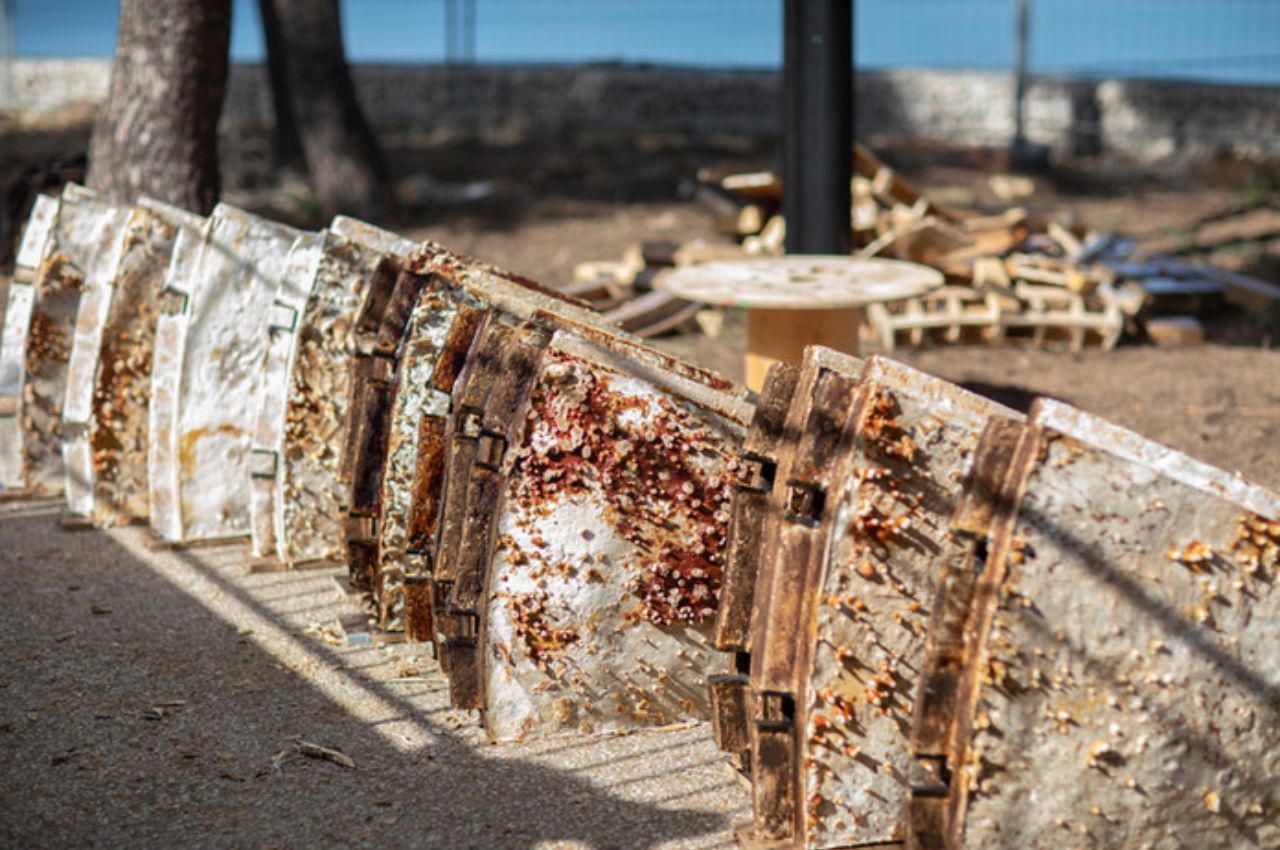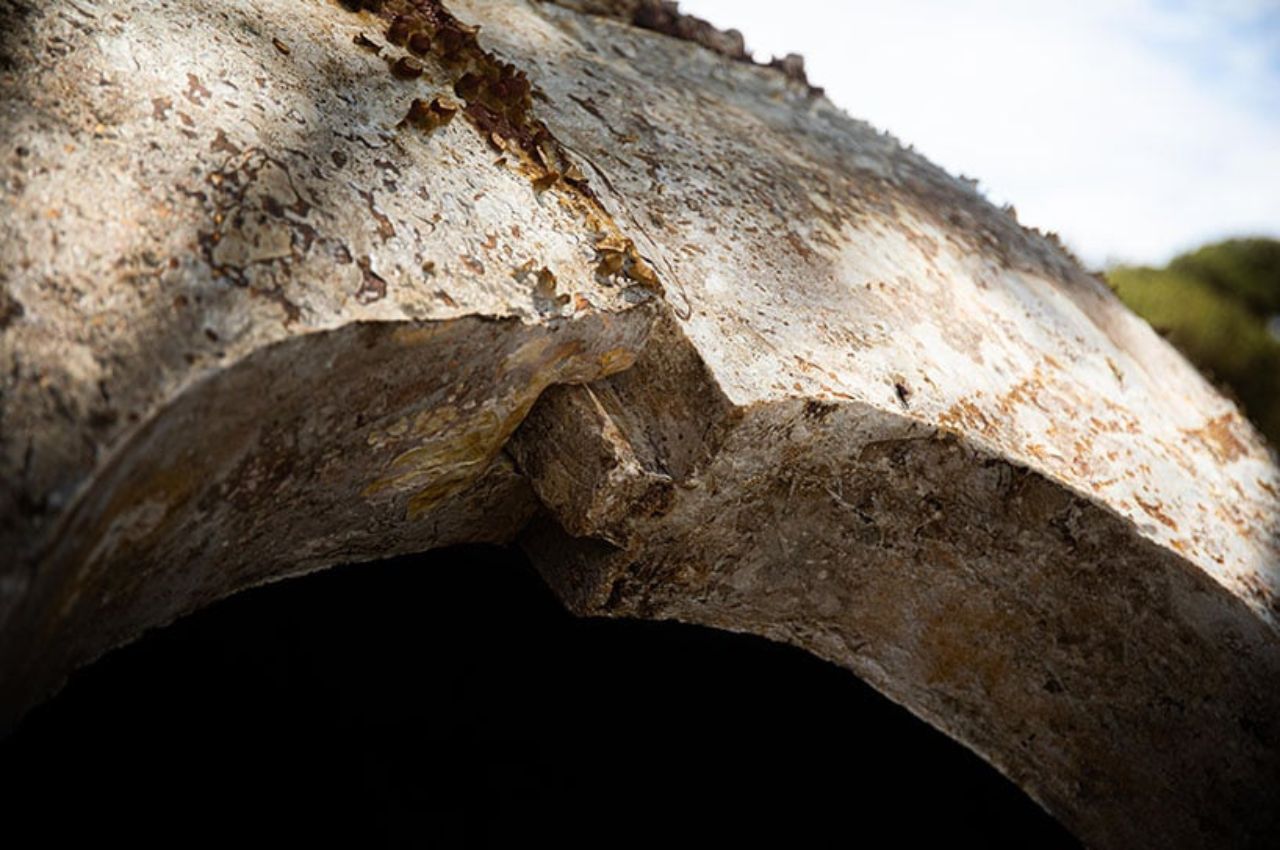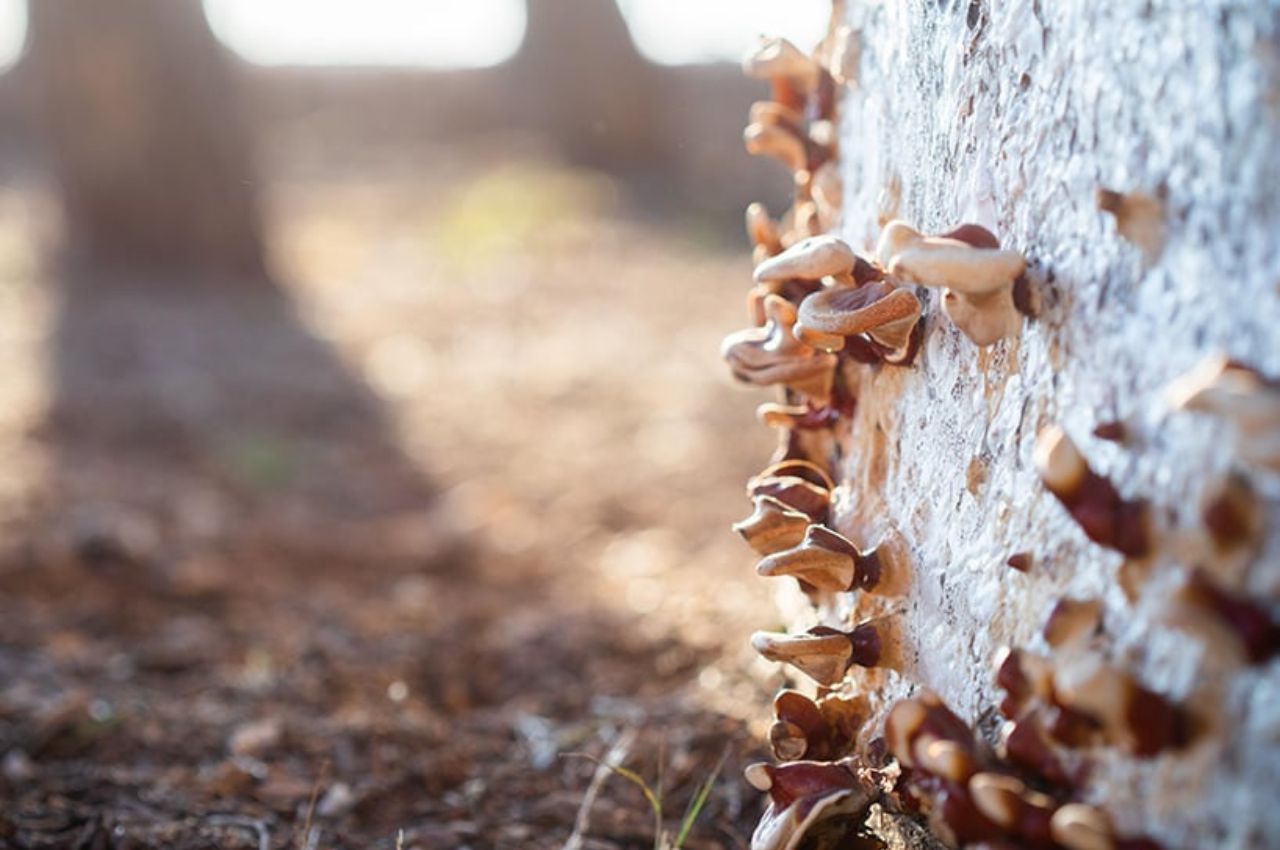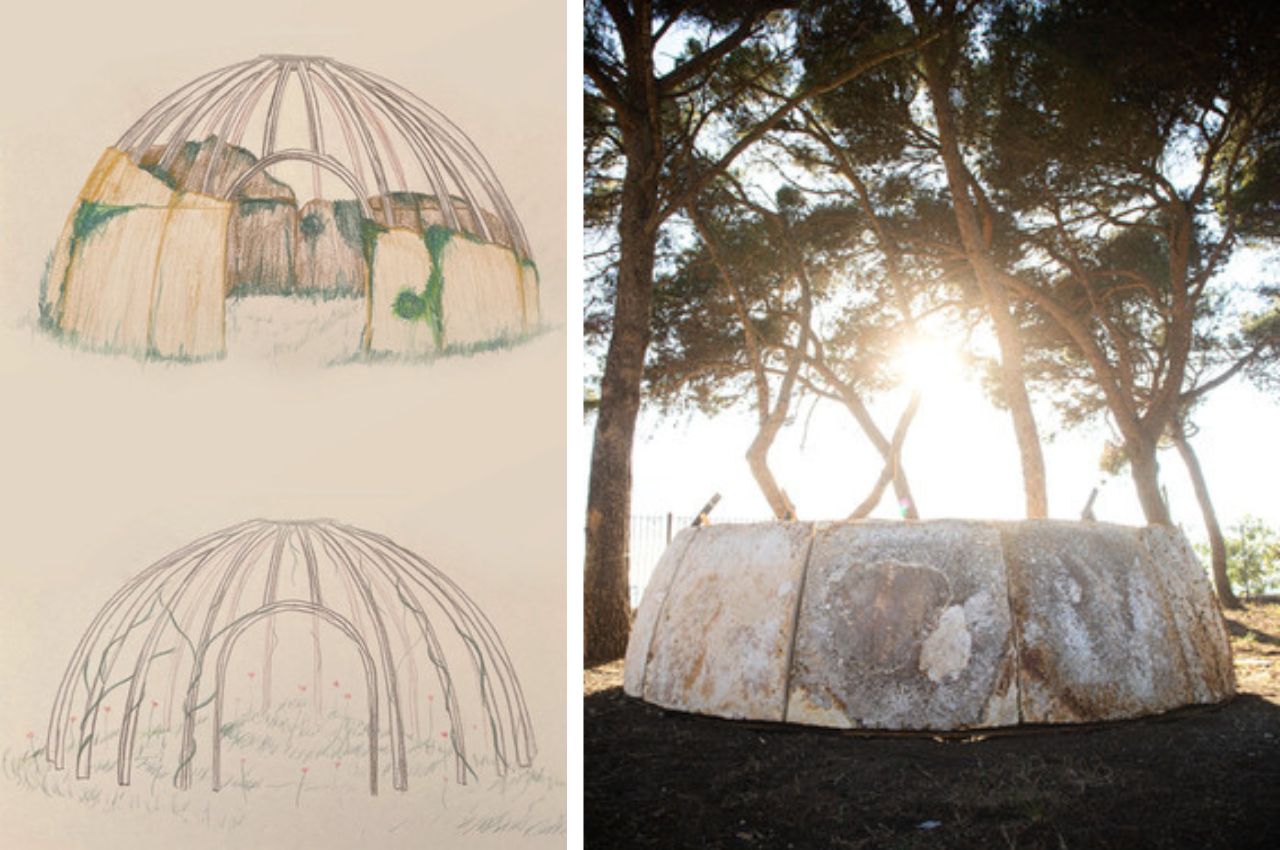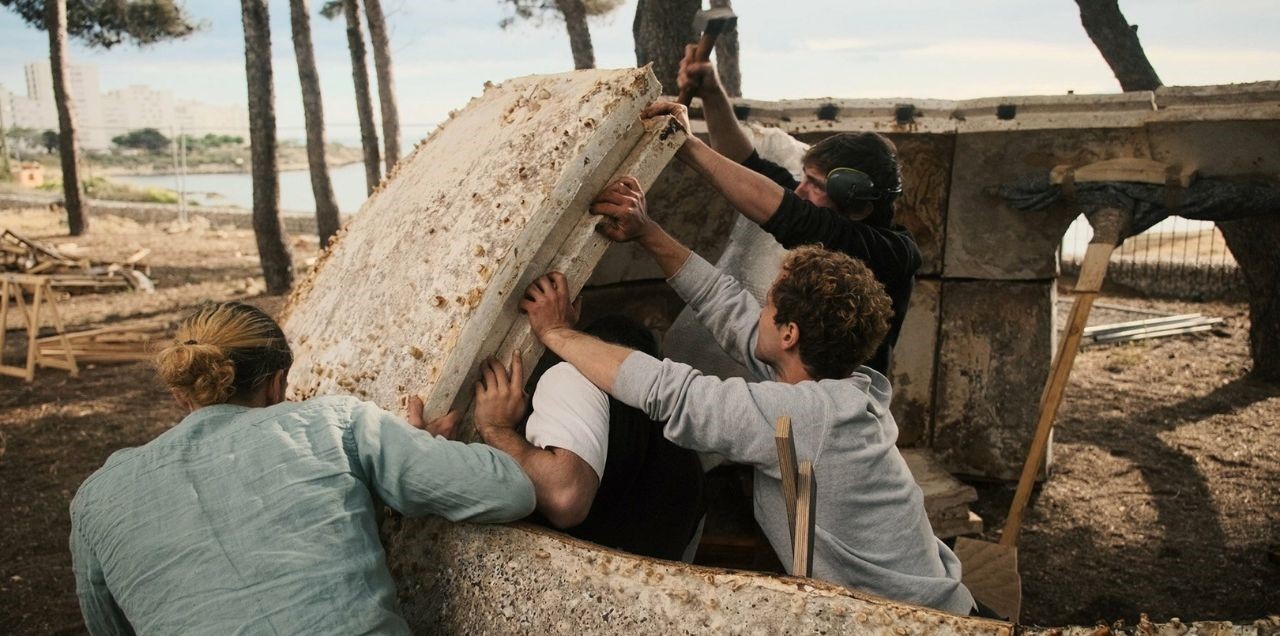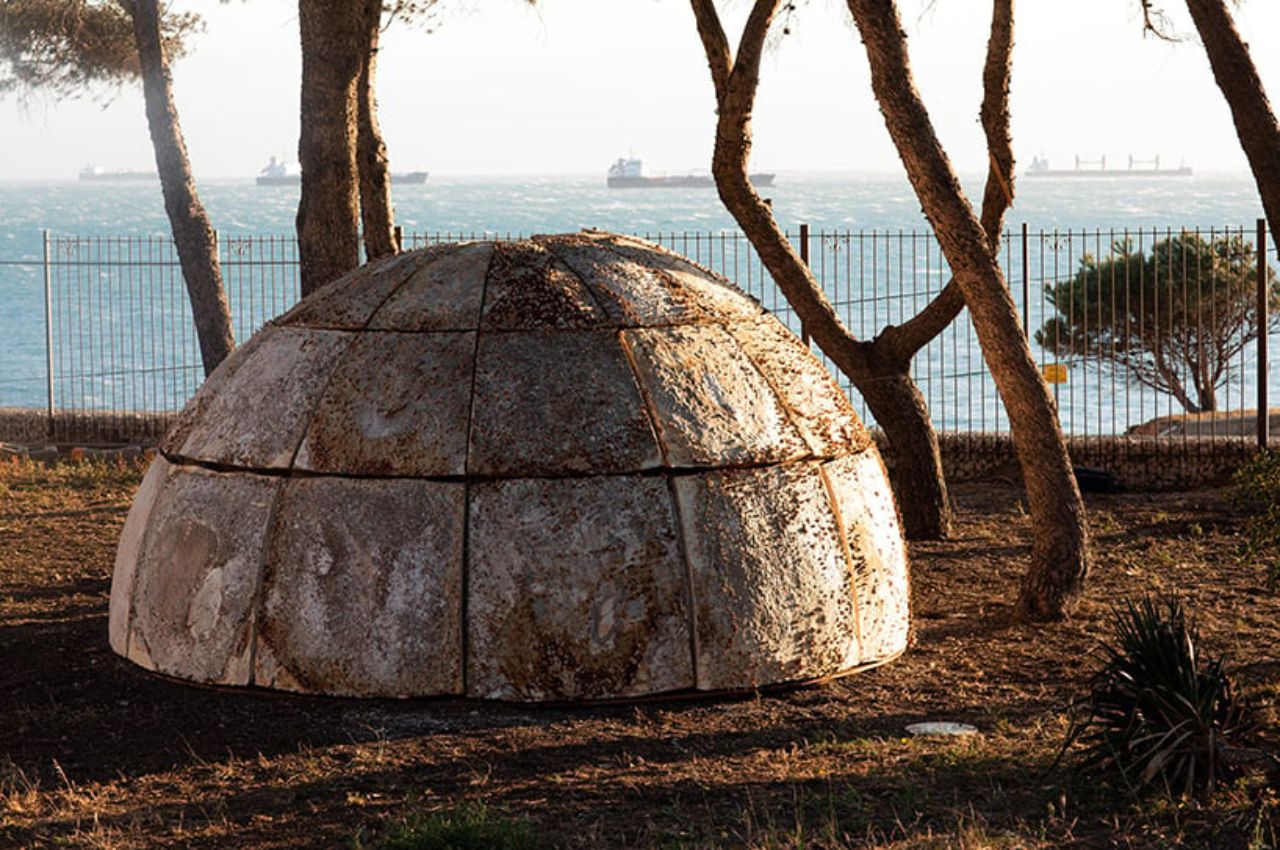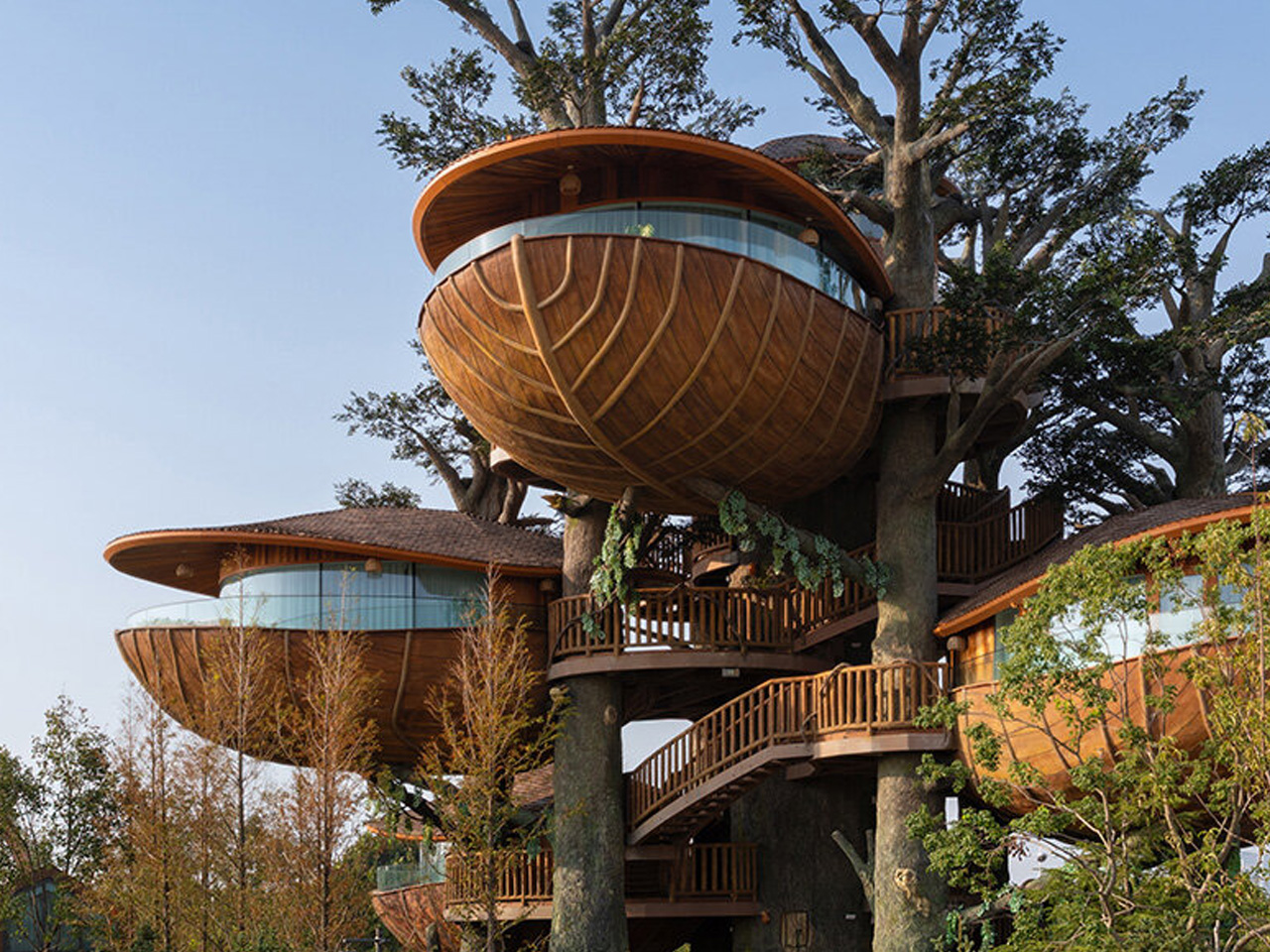
Nestled within China’s Senbo Amusement Parks, a new architectural vision is taking root. The Forest Nests Treepod Project by Doarchiwow challenges everything we thought we knew about modular construction, transforming prefabricated building into an art form that breathes with its surroundings. These aren’t your childhood treehouses. Each dwelling rises from the landscape like a sculptural organism, its steel skeleton wrapped in layers of wood shingles, weathering steel, aluminum, and glass.
The genius lies in how these materials work together, creating structures that feel less constructed and more cultivated. They could be oversized cocoons suspended in time or nests woven by some mythical creature. What they don’t look like are typical modular buildings, and that’s entirely the point. Doarchiwow, a subsidiary of DO Architects specializing in high-quality prefabricated systems, spent years developing this concept. Design work began in 2021, with the 441.92-square-meter project finally completing in 2025 across two locations in Rizhao, Shandong and Wuhan, Hubei.
Designer: Doarchiwow
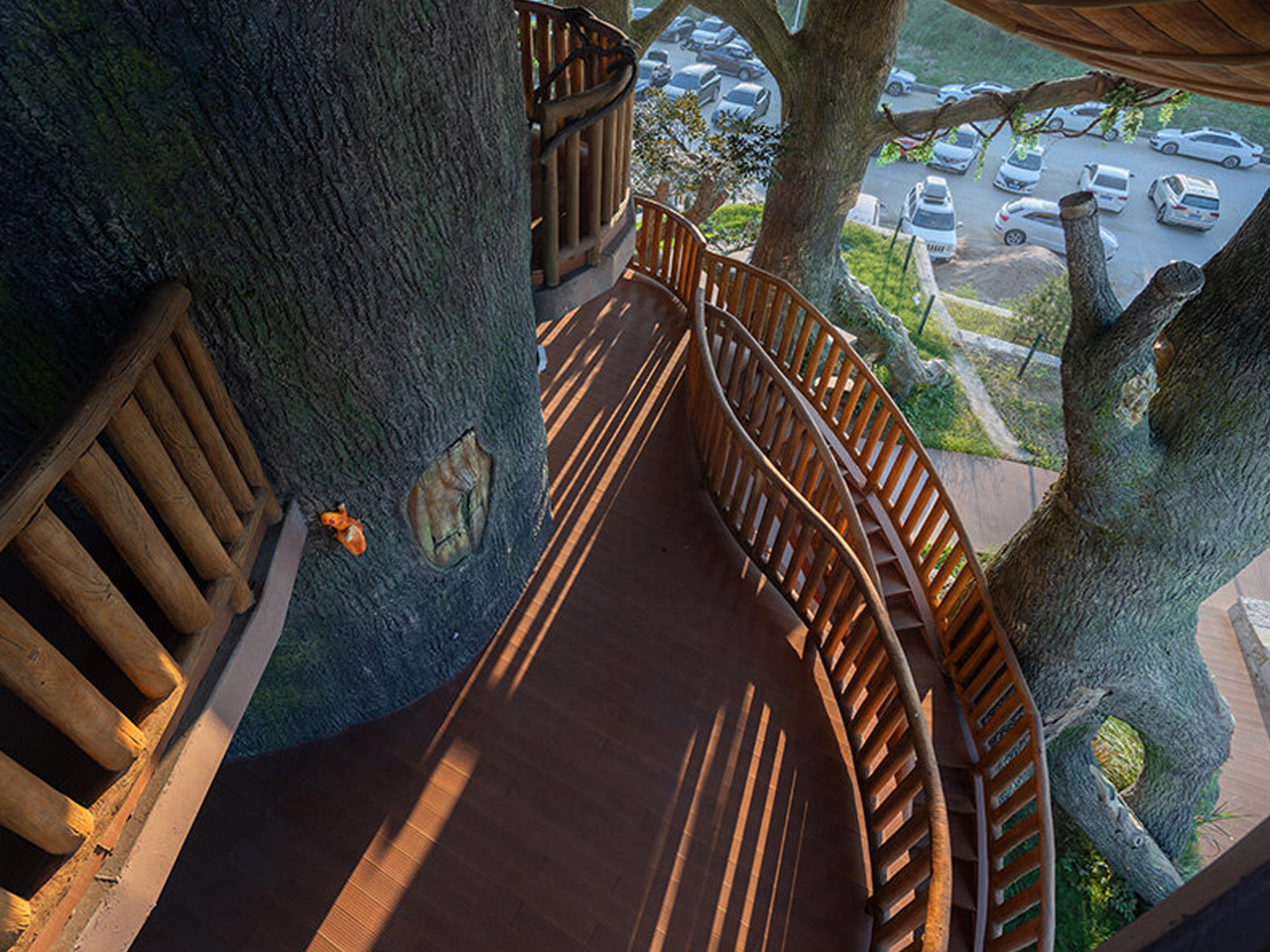
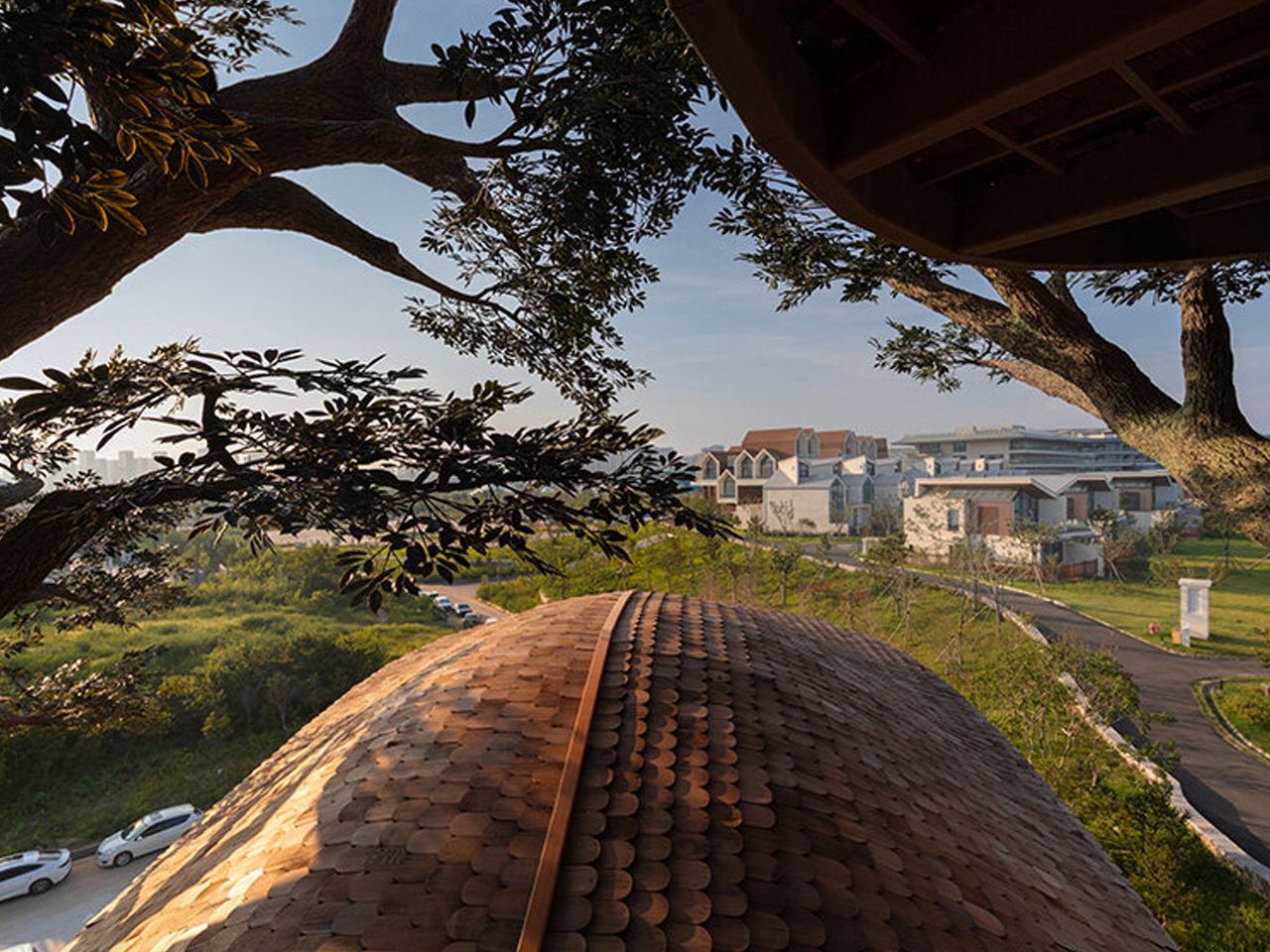
Step inside and the experience shifts. Smart home systems and digital networks handle the technical side while floor-to-ceiling glass opens up views of the canopy. The interior curves follow those same organic lines from the exterior. It’s surprisingly spacious for a micro-living unit. Doarchiwow was trying to solve a tricky problem here: how do you mass-produce something that still feels custom? The standardized shell allows for efficient construction, but the spaces inside feel tailored. The pods work as individual retreats while functioning as part of a larger network.
The sustainability angle goes deeper than surface-level green building tactics. Tang Jiajia, Wang Wenrui, and Jiang Hong led a design team that built a three-part environmental strategy into the project. Passive design, active environmental tech, and construction methods that respond to microclimate conditions. Prefabrication keeps ground disturbance minimal. Material waste drops. On-site labor requirements shrink. Each pod essentially runs as its own environmental system, capable of adjusting to different settings and weather patterns.
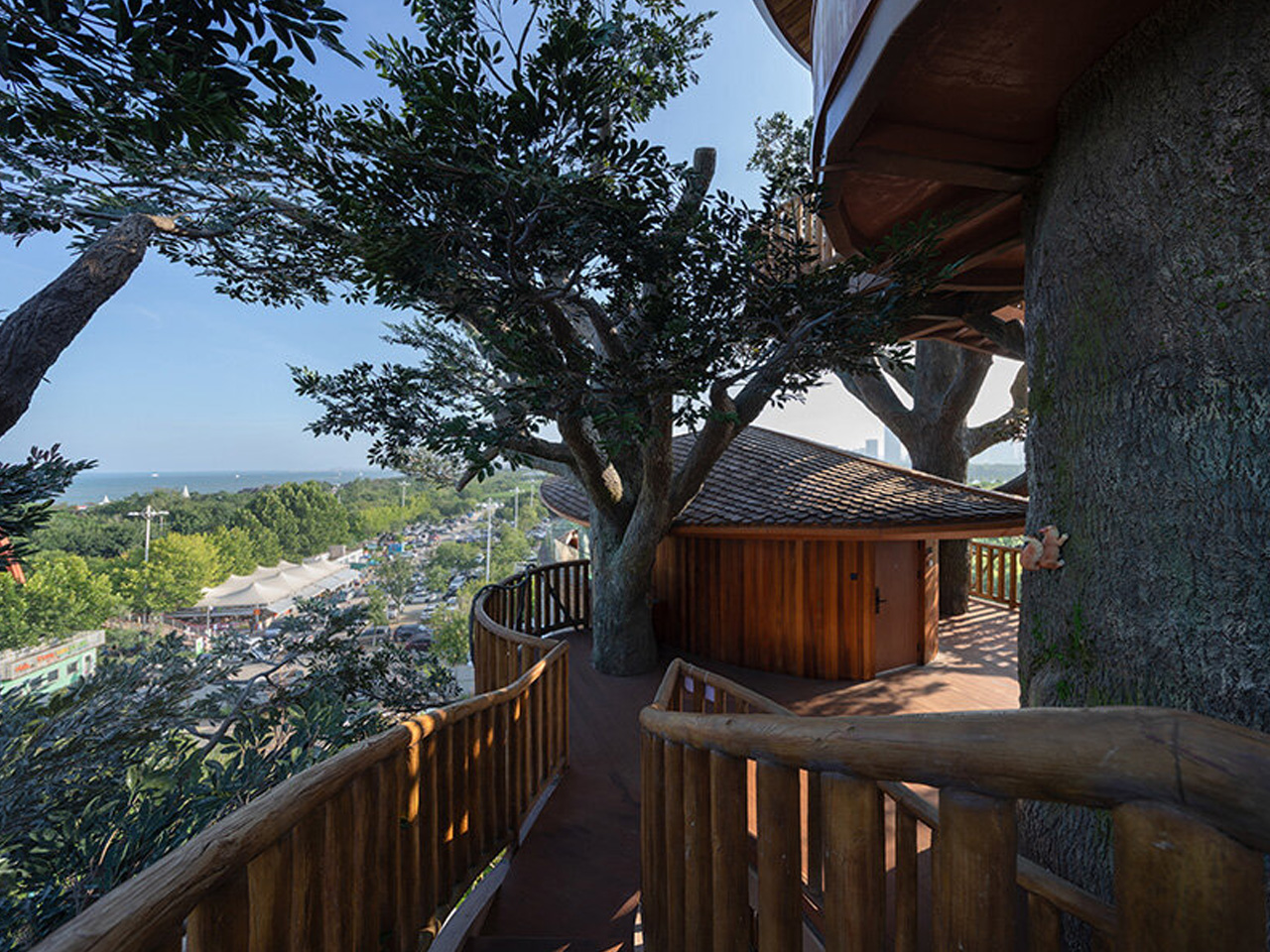
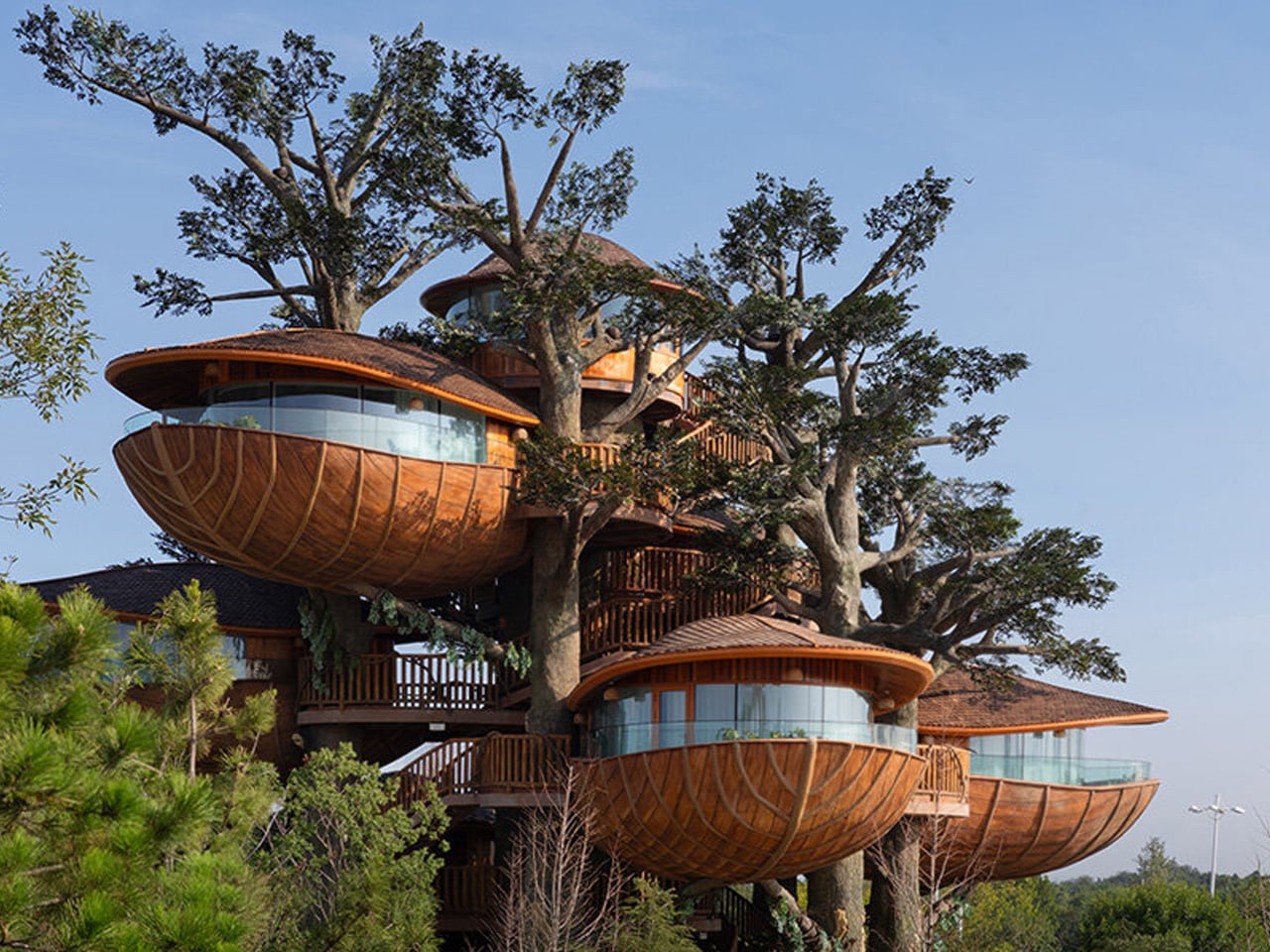
That adaptability matters because this model could theoretically pop up anywhere. Urban green spaces, protected natural areas, coastal zones, mountain forests. The fluid shapes refuse to look out of place, which is rare for modular buildings. Most prefab structures announce themselves loudly. These ones settle in quietly. It’s a replicable approach that doesn’t require starting from scratch each time.
Doarchiwow seems interested in changing how we think about vacation spaces and construction methods at the same time. They’re targeting boutique resorts, high-end campsites, rural tourism markets. Forest Nests makes the case that prefab doesn’t mean compromising on design or environmental responsibility. You can have efficiency and beauty. The structures prove it’s possible to build quickly without bulldozing the site or creating eyesores. Whether this becomes a widespread model remains to be seen, but it’s a compelling direction for sustainable resort development.
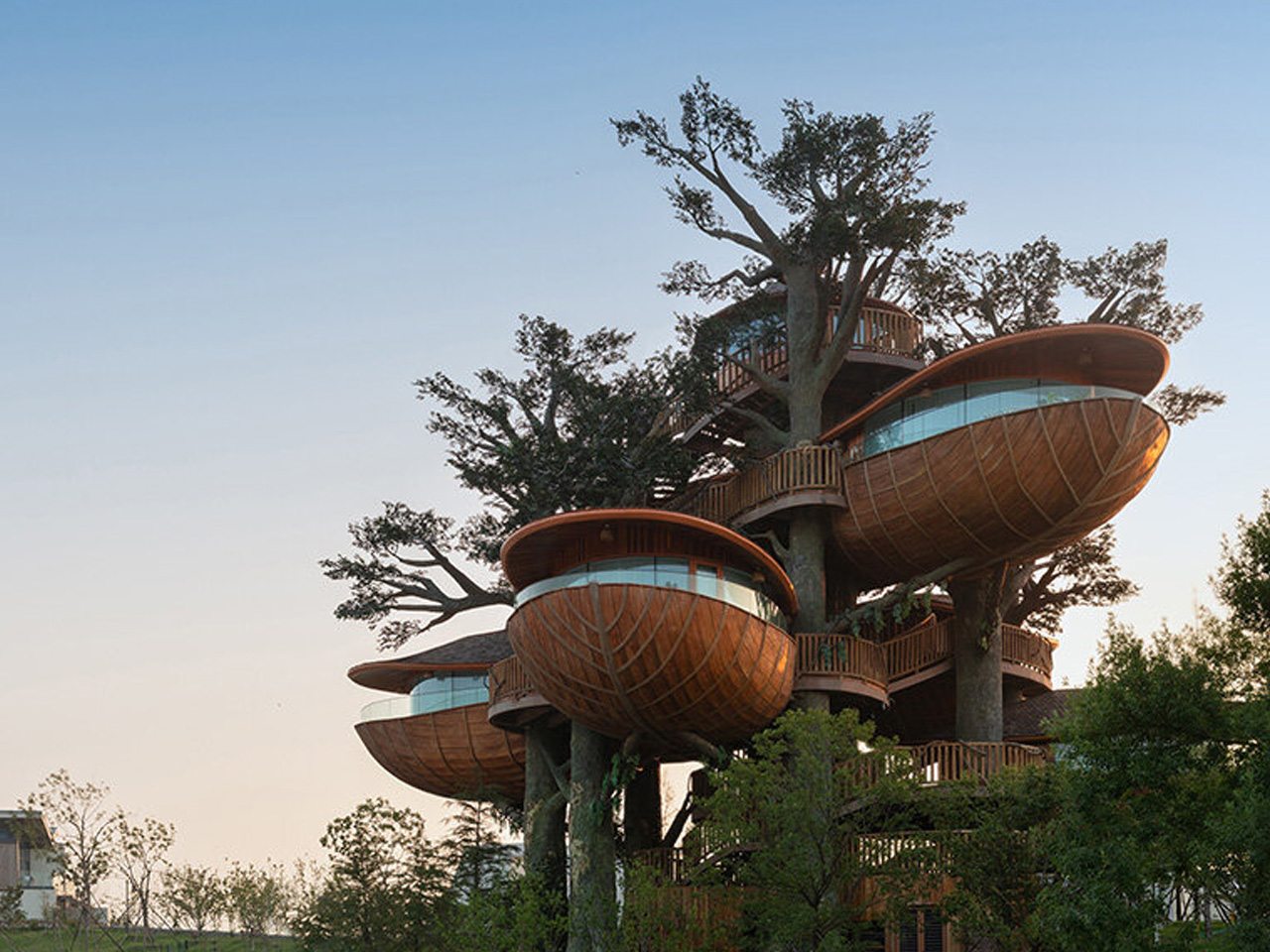
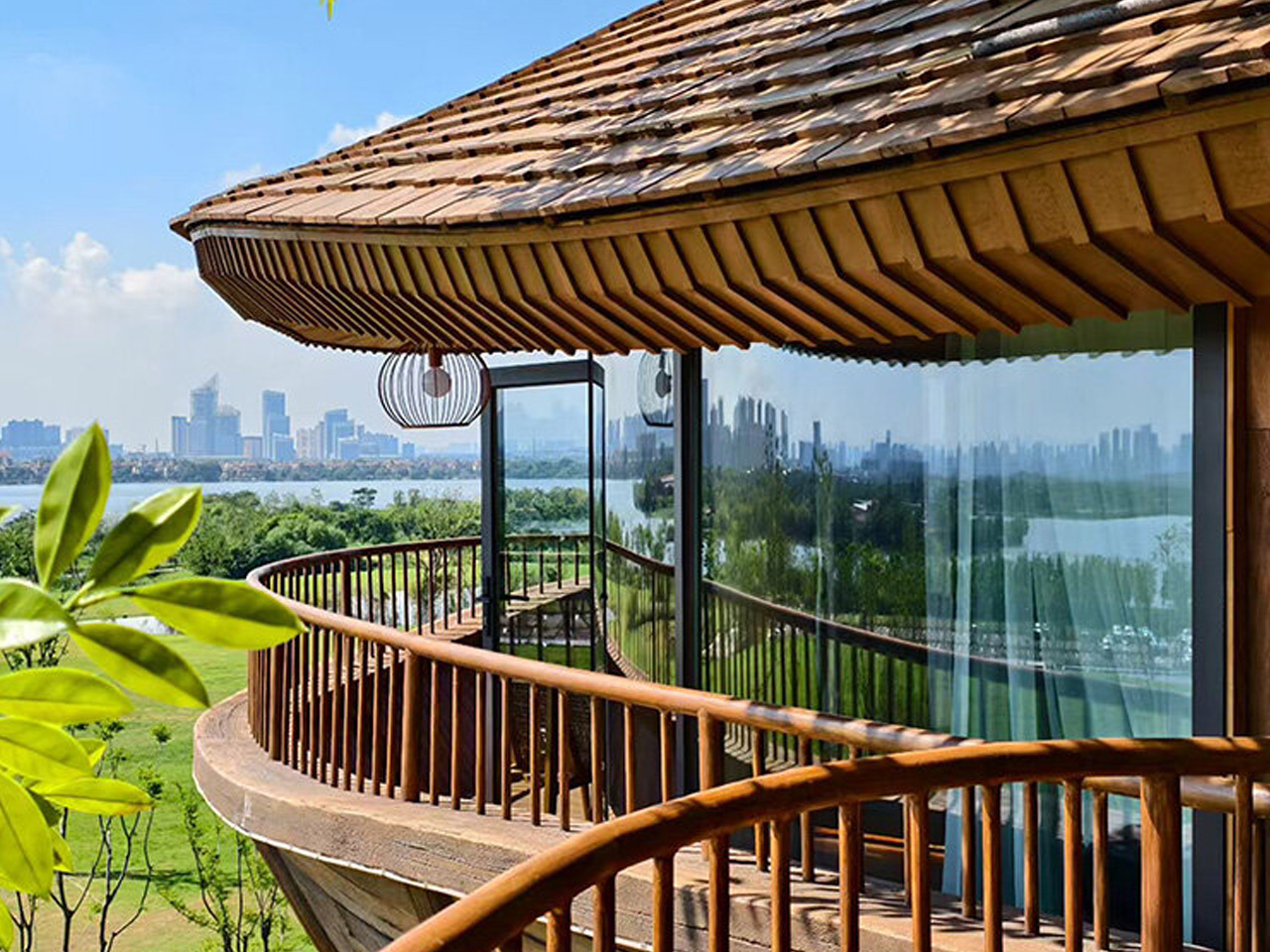
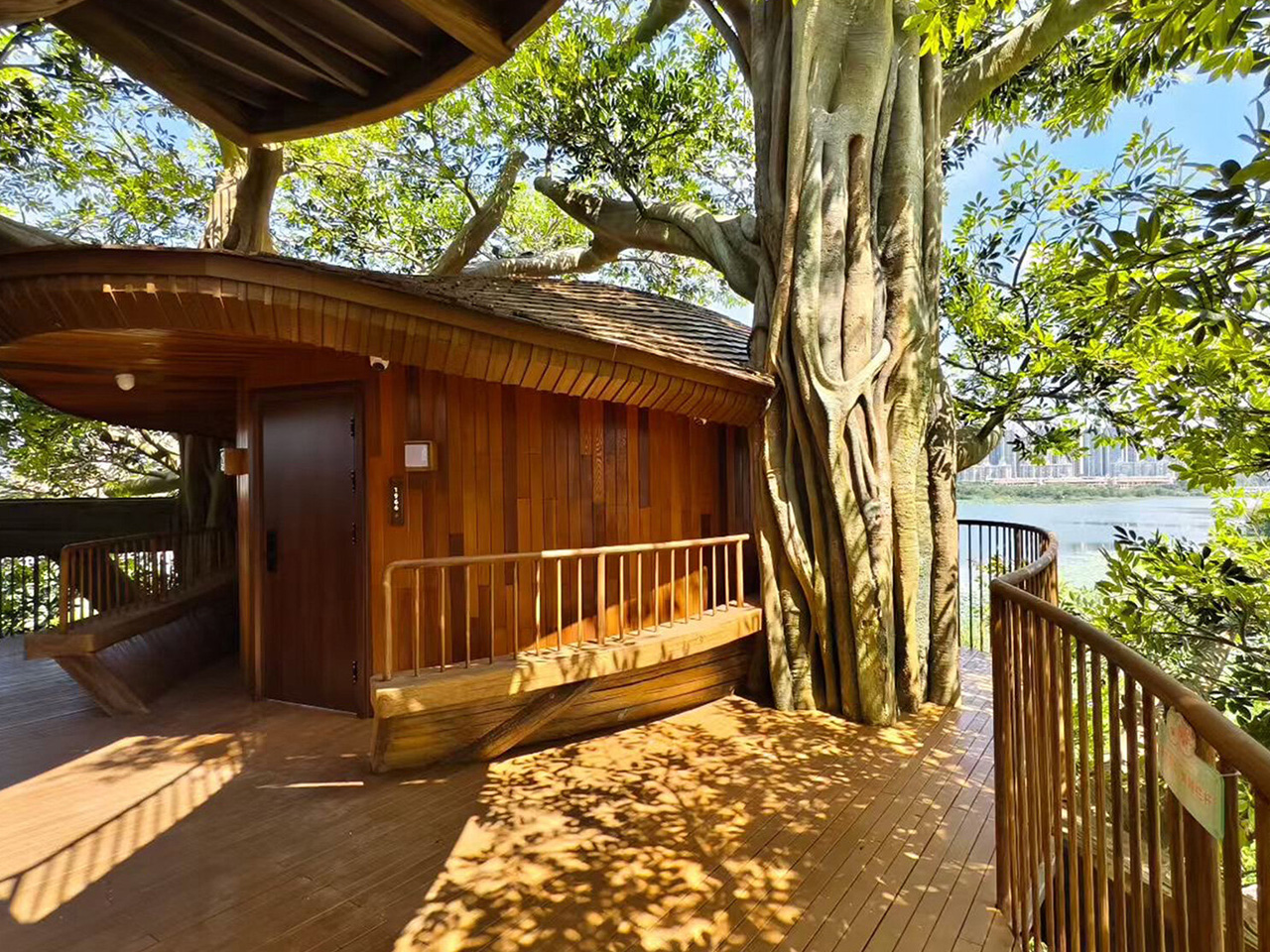
The post These Nest-Like Pods Show Prefab Architecture Doesn’t Have To Look Prefab first appeared on Yanko Design.
